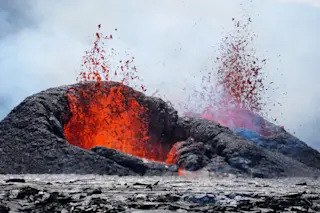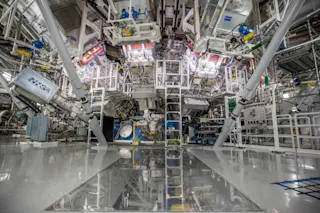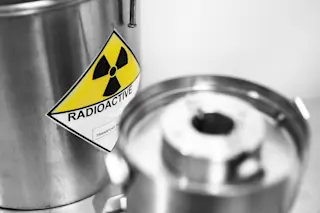The triple meltdown in march at Japan’s Fukushima Daiichi plant cast a long shadow on nuclear power in Western countries. At least 25 reactors have been shuttered or canceled in Europe since the disaster, and public support in the United States is once again plummeting. But in China, where energy demand is skyrocketing, the appetite for nuclear power is undiminished. In January the nation announced a 20-year plan to pursue an experimental reactor design called a molten salt reactor (MSR). Instead of running on solid uranium—the industry’s mainstay for more than 50 years—it would rely on liquid fuel suffused with thorium, which is three times as abundant as uranium.
The reactor concept calls for heated salts that act as both a coolant and a medium for fission reactions. Theoretically, this configuration would prevent fuel from overheating and breaching the reactor’s containment vessel. In the event of an increased core temperature ...














